Live streaming has been exploding in recent years. Platforms such as Twitch led the way initially for video games and gradually this trend has spread to all industries.
Whether you are a musical artist, a sports hall, a religious establishment, a company, or a brand… Live streaming has become essential to offer video content to a maximum number of people (especially in pandemic conditions).
Setting up a live stream is not as complicated as you might think, you just need the right equipment to capture and broadcast your video stream. In this article, we provide a guide to the equipment you need.
A computer and a powerful internet connection for optimal live streaming
If you are going to stream via a laptop or desktop, you will need a machine with enough performance to meet the demands of streaming. You will need a laptop or desktop computer with enough RAM, about 8GB should be enough, but don’t worry if yours only has a few GB, that should normally be enough.
The choice of computer also depends on what you are going to live stream. If you are broadcasting your screen, for example for software demonstrations or video game streams, this means that your computer will need to have enough power to handle the tasks on your computer, the broadcasting, and the encoding of the video.
We also recommend SSD hard drives as they are faster to load and don’t make too much noise that could interfere with the sound of your live stream.
Choose a computer with at least 2 USB ports as there will be other equipment to connect as we will see later. In particular, ideally, an HDMI port to connect an external camera (or at least an HDMI to USB converter).
The choice of a desktop or laptop computer will depend mainly on whether you plan to travel to different locations for your live streaming. The computer remains the basis of a good live video broadcast, so don’t skimp on quality – you’ll need a high-performance machine.
The camera for video capture
The first question to ask yourself before choosing a camera is: what do you want to live stream? A single video source? Or are you capturing several video streams with editing and text or green screen inserts?
In the first case, it is relatively simple: a phone or a webcam is sometimes enough. The Logitech C920 webcam is great for example if you are making videos where you need to film your face and stream another video at the same time (webinars, interviews, video game streaming…).
If you are broadcasting sports, concerts, shows, etc. then you will need professional equipment. For example, you will need DSLR cameras like the Sony A7S II or the Panasonic G7.
Whichever camera you use, you will of course need to connect it to the computer. Elgato’s Cam link will allow you to interface between the camera’s HDMI port and your computer.

The encoder to convert your video stream into a live streaming format
If you are using a camera, and not your mobile phone directly as in Facebook Live, for example, you will need an encoding device that will convert your images into digital format for streaming on the web. You can either buy an external encoder or use the software on your computer.
Among the best software for live streaming encoding, OBS is the most popular and has the advantage of being free and open source. Other successful and popular software includes Wirecast et VidBlasterX.
As far as external encoders are concerned, for single-camera installations, the Epiphan Webcaster X2 encoder is a great option for live streaming to Facebook and YouTube, and you can even easily connect it to your camera or mixer via the HDMI output.
Popular encoders such as the Tricaster Mini and Sony AWS-750 Anycast allow you to manage multiple video streams, for example, the main video stream and an auxiliary stream. The advantage of these tools is that they are all-in-one and include a video switcher, streaming media encoder, recorder, audio mixer, etc.
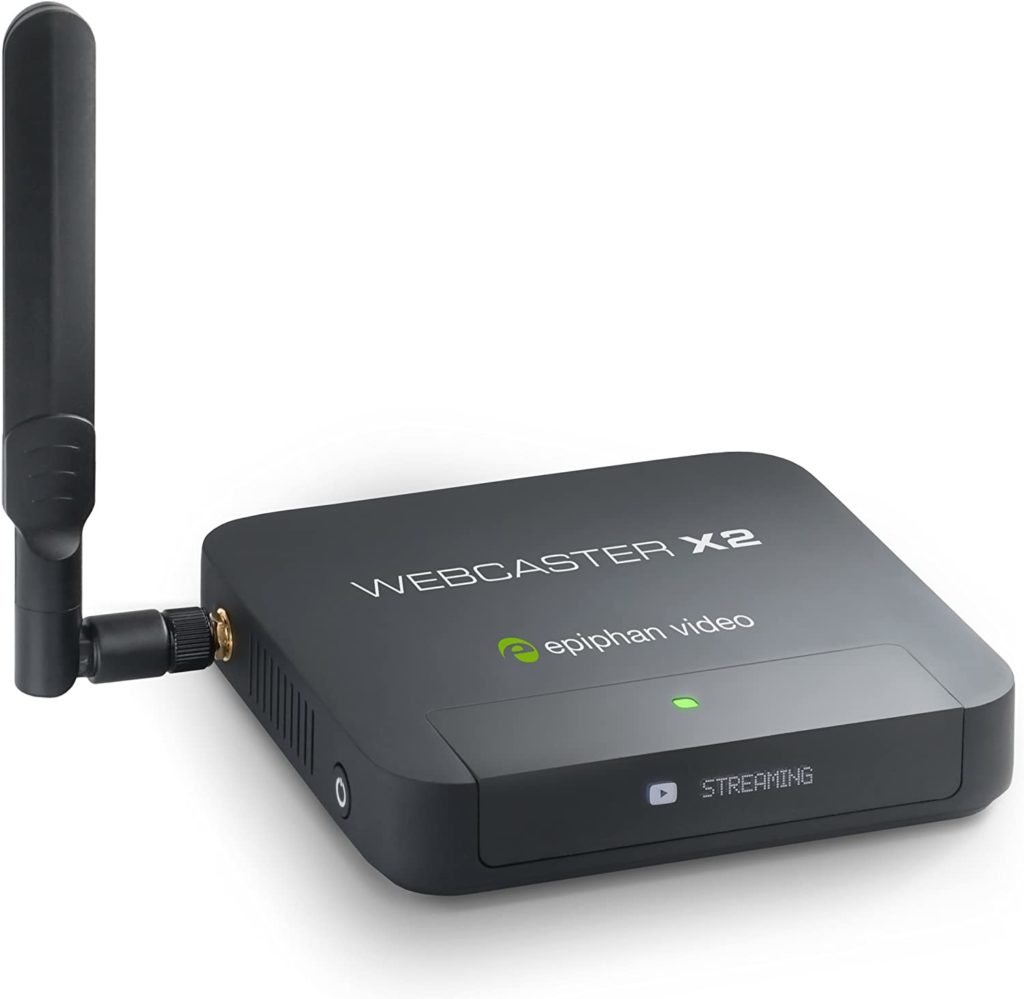
The stream deck for the good realization of your live streaming
The Stream Deck is a tool that allows you to interact with the live stream to perform actions in real-time: change the camera feed, make an image appear, start the music, etc. It’s like a small console to manage your live streaming.
It comes in the form of a small box allowing you to program shortcuts for all these actions, avoiding, for example, making changes in OBS to change each time the source stream.
Elgato’s stream decks are a safe bet, but other models such as the Max Falcon-20 RGB can be considered.
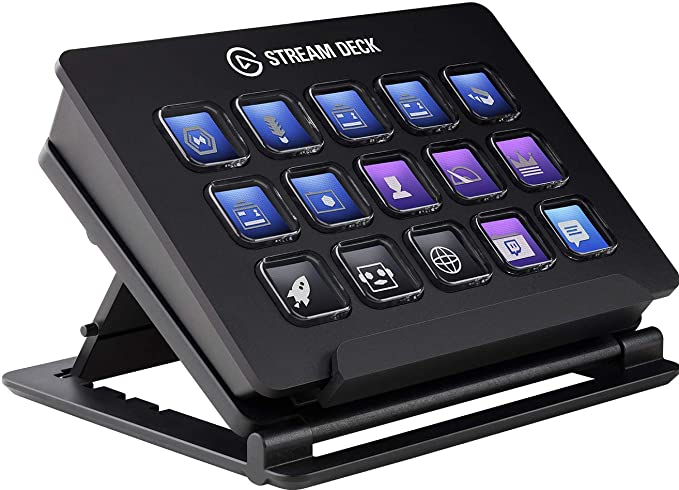
The microphone for quality sound
For the sound of your live stream, if you look for an external microphone, have two possibilities: either you use a lavalier microphone for example, or a desk-mountable microphone arm (or a microphone boom Stand if you do not want it to appear in the frame of the video).
When choosing a microphone pay attention to the directional property, i.e. the ability of a microphone to pick up your voice from different angles. There are three types: cardioid, omnidirectional and bidirectional.
- Cardioid: A typical cardioid microphone picks up sound from the front. Cardioid microphones isolate unwanted ambient sound, as well as any unwanted background sound. These microphones are the most common choice for live streaming, as they block out ambient noise, such as a noisy fan or the noise of your keyboard.
- Omnidirectional: Omnidirectional microphones pick up sound evenly over 360 degrees. The good thing is that you don’t need to point an omnidirectional microphone at the source of the sound. However, keep in mind that it will pick up any external sounds that may not be desired.
- Bidirectional: Bidirectional microphones pick up sound from both sides of the microphone. This is particularly useful for live interviews, as it can pick up both your voice and the voice of the person you are talking to.
There are many models to choose from, so whatever you choose, don’t skimp on sound as it is one of the parameters for a viewer during a live stream. Shure, Blue Yeti, or Rode are very reliable brands.
For multiple audio sources, you will certainly need a mixer, not only to convert the audio signals to digital for broadcast but also to control the sound of each of these sound sources. A mixer like the Behringer XENYX 302USB is very and offers high-performance audio processing.
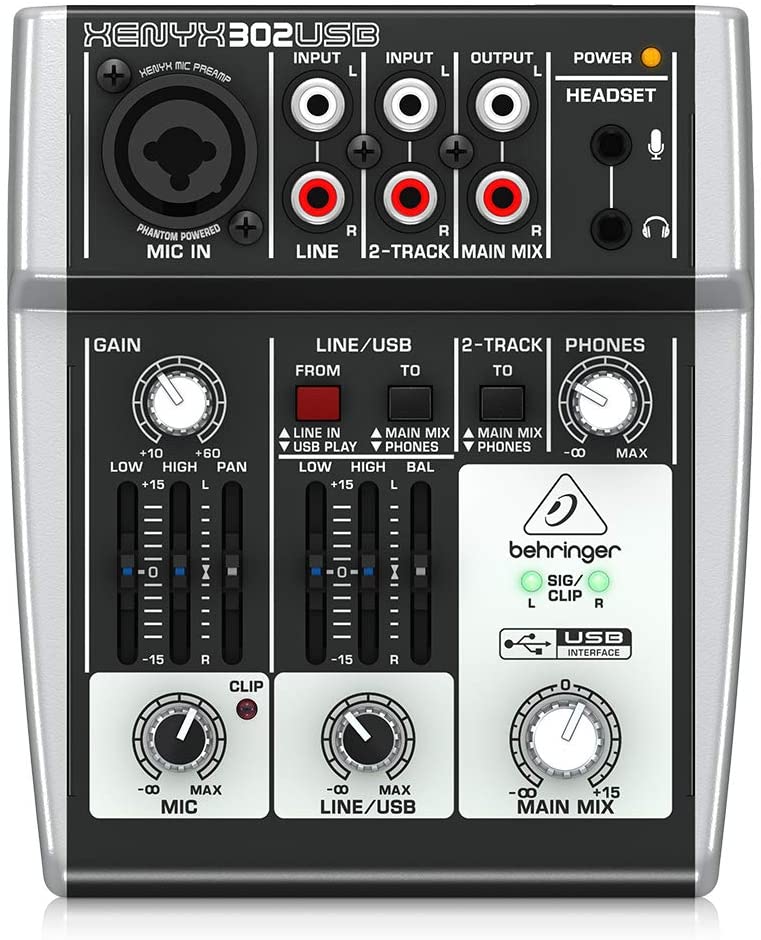
Light for an impeccable visual rendering of your live streaming
Light is extremely important to offer a professional image quality, especially if you plan to use a green screen. You can choose between two types of lighting: “Softbox” or “Desktop”.
Traditionally, softbox lights are used for taking pictures, and often take up space in a room or studio. Desktop lights, on the other hand, are easy to place on the desk.
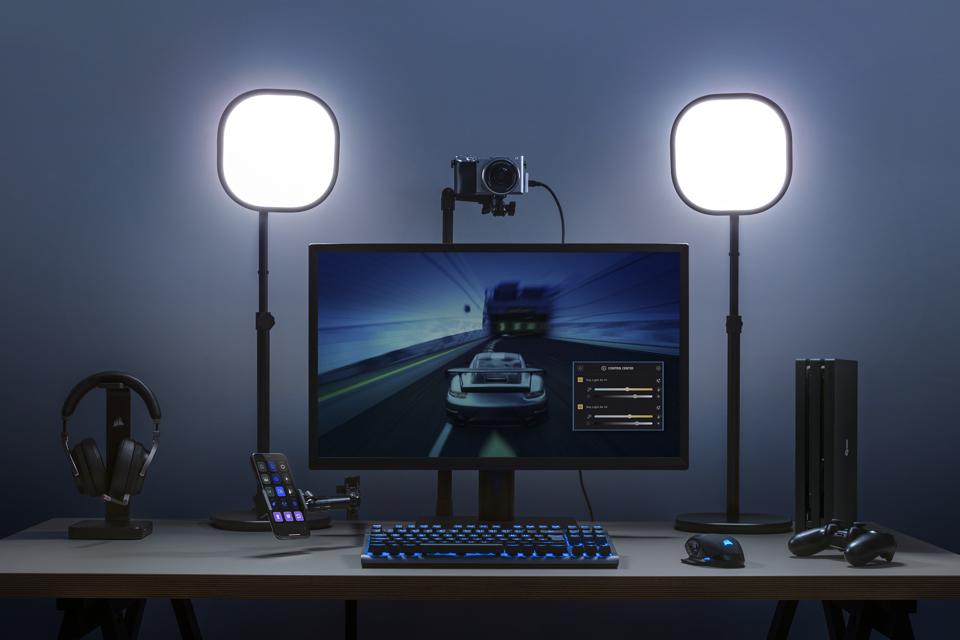
Ideally, you should connect the light to your stream deck so that you can turn it on or off with a button, change the color of the light intensity, etc.
In terms of products, the Elgato key light, the LED Ring Light 6, or the mountdog softbox are of rather good quality.
The green screen if you wish to insert other content into your live streaming
If you are using a green screen, there are several important points to consider: avoid creases and shadows to provide homogeneous lighting. Secondly, you should move it as far away as possible to take advantage of the depth of field to create a little background blur and reinforce the impression of a smooth, uniform green screen.
Elgato provides good green screens, which can even be folded away and transported easily.
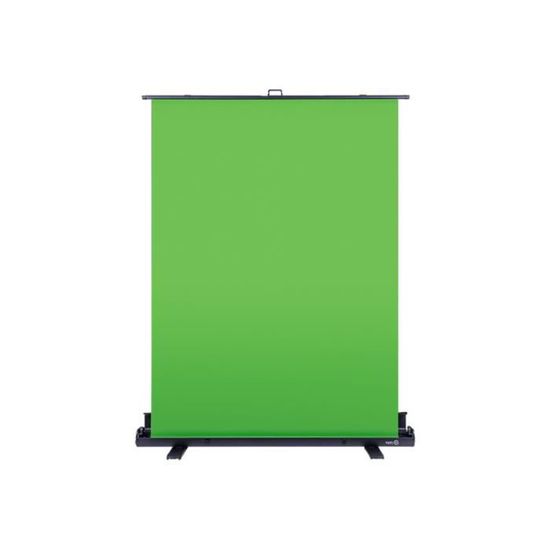
Software for graphic insertions in your live video
If you want to add texts in your video or animation effects, logos, tweets, or other graphic insertions you will certainly need specific software. OBS allows you to insert via picture-in-picture but you can also use more advanced software like Switcher Studio or Streamyard (feel free to check our article on streaming software HERE).
We hope that this article has given you a good overview of the equipment needed to perform quality live streaming. Of course, don’t hesitate to consult the different comparisons for each category of equipment in order to find the one that will be the most adapted to your situation, and to the types of video content you produce.
If you want to monetize your live streams and broadcast them on your own platform, OKAST is the tool you need. Contact us to know more about hello@okast.tv